 The advanced wood manufacturing sector in Ontario and across Canada condemns the latest United States administration’s decision to impose unjustified punitive tariffs on kitchen cabinets, select wood furniture, and manufactured softwood lumber products. Immediate action is required by by our Federal and Provincial governments on all political sides to work diligently and aggressively to get these tariffs lifted; this is to guarantee jobs and prosperity for our communities across the country. The advanced wood manufacturing sector in Canada represents over $20 billion in revenues, over 100,000 employees, and includes a majority of small and medium-sized employers. …These tariffs will have a devastating impact on companies that export to the United States. They will also disrupt the North American housing sector supply chain, raise costs for housing in the United States, and destroy the shared prosperity and integrated trade relationship provided.
The advanced wood manufacturing sector in Ontario and across Canada condemns the latest United States administration’s decision to impose unjustified punitive tariffs on kitchen cabinets, select wood furniture, and manufactured softwood lumber products. Immediate action is required by by our Federal and Provincial governments on all political sides to work diligently and aggressively to get these tariffs lifted; this is to guarantee jobs and prosperity for our communities across the country. The advanced wood manufacturing sector in Canada represents over $20 billion in revenues, over 100,000 employees, and includes a majority of small and medium-sized employers. …These tariffs will have a devastating impact on companies that export to the United States. They will also disrupt the North American housing sector supply chain, raise costs for housing in the United States, and destroy the shared prosperity and integrated trade relationship provided.
- In related coverage: Latest Trump tariffs scaring Ontario wood manufacturers, group says




 THUNDER BAY, Ontario — The Ontario government is investing a further $30 million to support businesses, workers and communities dependent on the province’s forest sector. This funding will build and maintain more forestry access roads and provide immediate support for Ontario sawmills to find new markets for their woodchips. These investments will strengthen Ontario’s forestry sector, create jobs and increase the sector’s competitiveness in the face of increased US softwood lumber duties and the threat of tariffs. …An additional $20 million is being invested through the Provincial Forest Access Roads Funding Program, bringing the government’s total funding for the program to over $79 million this year. …The government is also providing immediate support to sawmills by investing $10 million in the Ontario Sawmill Chip Support Program. The funding provides immediate support to sawmills while they find new, innovative markets for their wood chips such as energy production or alternatives for single-use plastics.
THUNDER BAY, Ontario — The Ontario government is investing a further $30 million to support businesses, workers and communities dependent on the province’s forest sector. This funding will build and maintain more forestry access roads and provide immediate support for Ontario sawmills to find new markets for their woodchips. These investments will strengthen Ontario’s forestry sector, create jobs and increase the sector’s competitiveness in the face of increased US softwood lumber duties and the threat of tariffs. …An additional $20 million is being invested through the Provincial Forest Access Roads Funding Program, bringing the government’s total funding for the program to over $79 million this year. …The government is also providing immediate support to sawmills by investing $10 million in the Ontario Sawmill Chip Support Program. The funding provides immediate support to sawmills while they find new, innovative markets for their wood chips such as energy production or alternatives for single-use plastics.


 Ontario’s Associate Minister of Forestry and Forest Products announced over $5 million in funding today for Interfor Sault Ste. Marie at the company’s mill on Peoples Road.
Ontario’s Associate Minister of Forestry and Forest Products announced over $5 million in funding today for Interfor Sault Ste. Marie at the company’s mill on Peoples Road.  TORONTO – The Ontario government is investing over $3.5 million through the
TORONTO – The Ontario government is investing over $3.5 million through the 




 Coulson Aircrane says the Saskatchewan government has agreed to pay more than twice what it should have for four firefighting aircraft — a decision the B.C.-based company says will cost Saskatchewan taxpayers an extra $100 million. Coulson, one of the leading companies in the world for retrofitting planes for firefighting, made the claim last month in an application to the Court of King’s Bench. “We are concerned the government of Saskatchewan has awarded a very large (over $187,000,000) contract for forest fire airplanes, without affording any reasonable opportunity to Coulson or any other competitor to bid on the contract,” says an affidavit filed by company president Britt Coulson. Coulson is asking the court to quash the sale and order a fair, transparent competition. …He says the government failed to hold a proper, competitive tendering process, resulting in Conair making “an immense profit.” …Conair has declined to comment, as the matter is before the courts.
Coulson Aircrane says the Saskatchewan government has agreed to pay more than twice what it should have for four firefighting aircraft — a decision the B.C.-based company says will cost Saskatchewan taxpayers an extra $100 million. Coulson, one of the leading companies in the world for retrofitting planes for firefighting, made the claim last month in an application to the Court of King’s Bench. “We are concerned the government of Saskatchewan has awarded a very large (over $187,000,000) contract for forest fire airplanes, without affording any reasonable opportunity to Coulson or any other competitor to bid on the contract,” says an affidavit filed by company president Britt Coulson. Coulson is asking the court to quash the sale and order a fair, transparent competition. …He says the government failed to hold a proper, competitive tendering process, resulting in Conair making “an immense profit.” …Conair has declined to comment, as the matter is before the courts. Housing starts and pre-sales in much of Southern Ontario have earned failing grades and are on track to get even worse, a new study warns — a situation that “should alarm policymakers across all three orders of government.” The report from University of Ottawa’s Missing Middle Initiative compares housing starts and sales in 34 municipalities across the Greater Toronto Area and neighbouring Southern Ontario cities for the first six months of 2025 with the same period from 2021–2024. It found starts are down 40% relative to that four-year average, with pre-construction condo sales plunging 89 per cent and other homes 70 per cent. The reduction in starts has direct employment implications, and the collapse in pre-construction sales, the study says, is “a clear indication that Ontario’s housing situation will get worse before it gets better, and that market weakness is not isolated to the condo market.” …The study paints a similarly bleak picture for the first half of 2025.
Housing starts and pre-sales in much of Southern Ontario have earned failing grades and are on track to get even worse, a new study warns — a situation that “should alarm policymakers across all three orders of government.” The report from University of Ottawa’s Missing Middle Initiative compares housing starts and sales in 34 municipalities across the Greater Toronto Area and neighbouring Southern Ontario cities for the first six months of 2025 with the same period from 2021–2024. It found starts are down 40% relative to that four-year average, with pre-construction condo sales plunging 89 per cent and other homes 70 per cent. The reduction in starts has direct employment implications, and the collapse in pre-construction sales, the study says, is “a clear indication that Ontario’s housing situation will get worse before it gets better, and that market weakness is not isolated to the condo market.” …The study paints a similarly bleak picture for the first half of 2025.

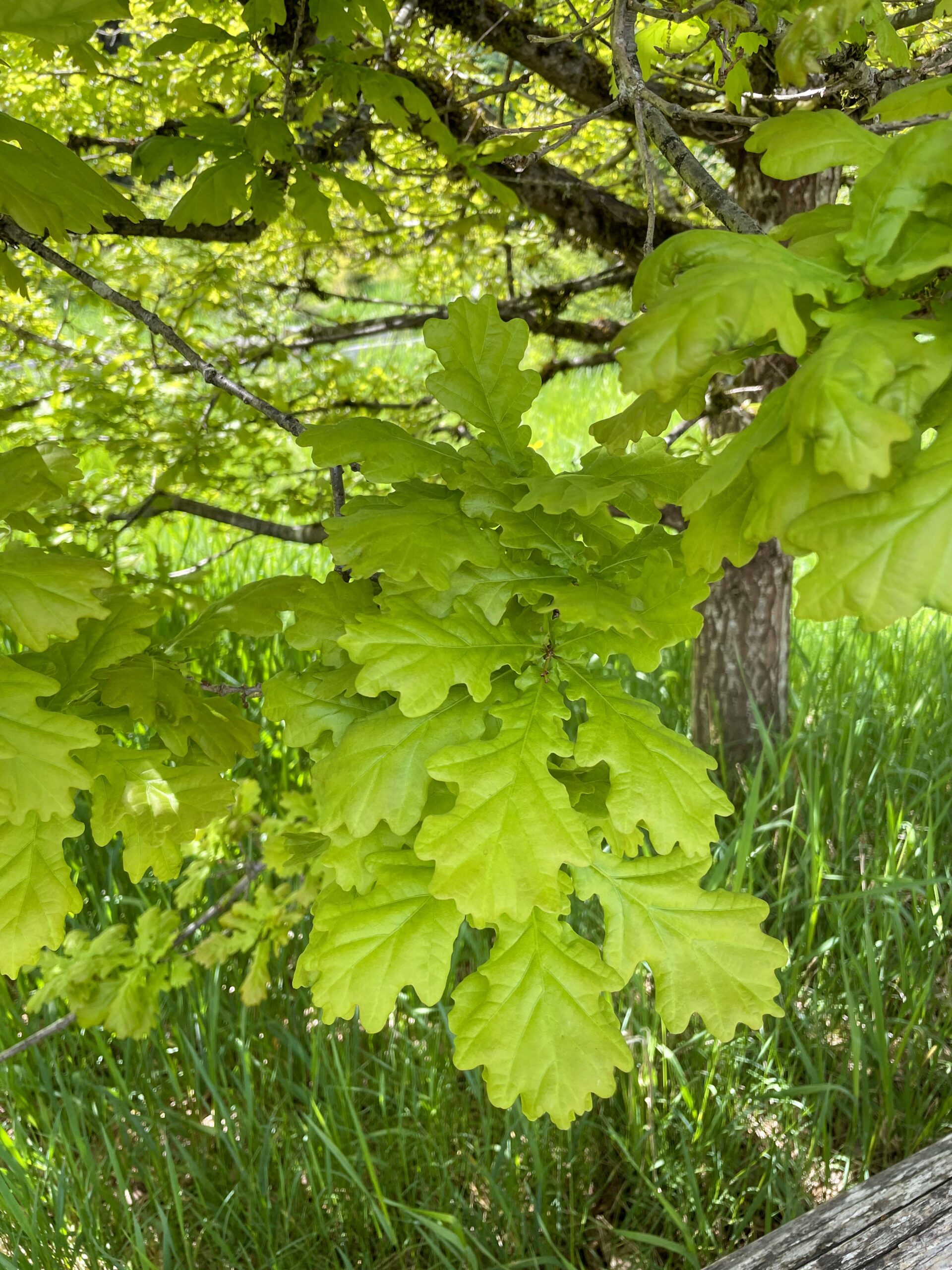 A group of University of Toronto forestry students collected acorns from a giant White Oak tree at Queen’s Park on Wednesday as part of an effort to preserve the diversity of Toronto’s native trees. Eric Davies, a forest ecologist at the University of Toronto, led a group of undergraduate students in the university’s foresters club as they gathered about six litres of acorns from a tree in Queen’s Park North, one of four remaining large White Oaks in the park. White Oaks, a common deciduous tree species in North America, are the largest and oldest trees in the green spaces outside the Ontario Legislature. …Davies said timing is key, as White Oaks produce acorns about once every five to 10 years — this year being one of them. …Davies said the students will donate most of the acorns to the City of Toronto’s tree seed diversity program in the next two weeks. Some of the acorns will be kept at U of T to be grown there, he added.
A group of University of Toronto forestry students collected acorns from a giant White Oak tree at Queen’s Park on Wednesday as part of an effort to preserve the diversity of Toronto’s native trees. Eric Davies, a forest ecologist at the University of Toronto, led a group of undergraduate students in the university’s foresters club as they gathered about six litres of acorns from a tree in Queen’s Park North, one of four remaining large White Oaks in the park. White Oaks, a common deciduous tree species in North America, are the largest and oldest trees in the green spaces outside the Ontario Legislature. …Davies said timing is key, as White Oaks produce acorns about once every five to 10 years — this year being one of them. …Davies said the students will donate most of the acorns to the City of Toronto’s tree seed diversity program in the next two weeks. Some of the acorns will be kept at U of T to be grown there, he added.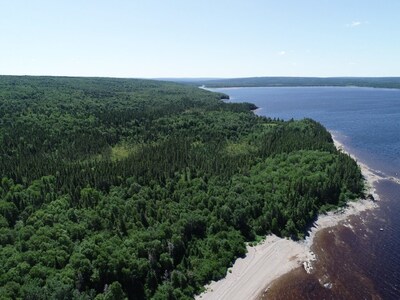
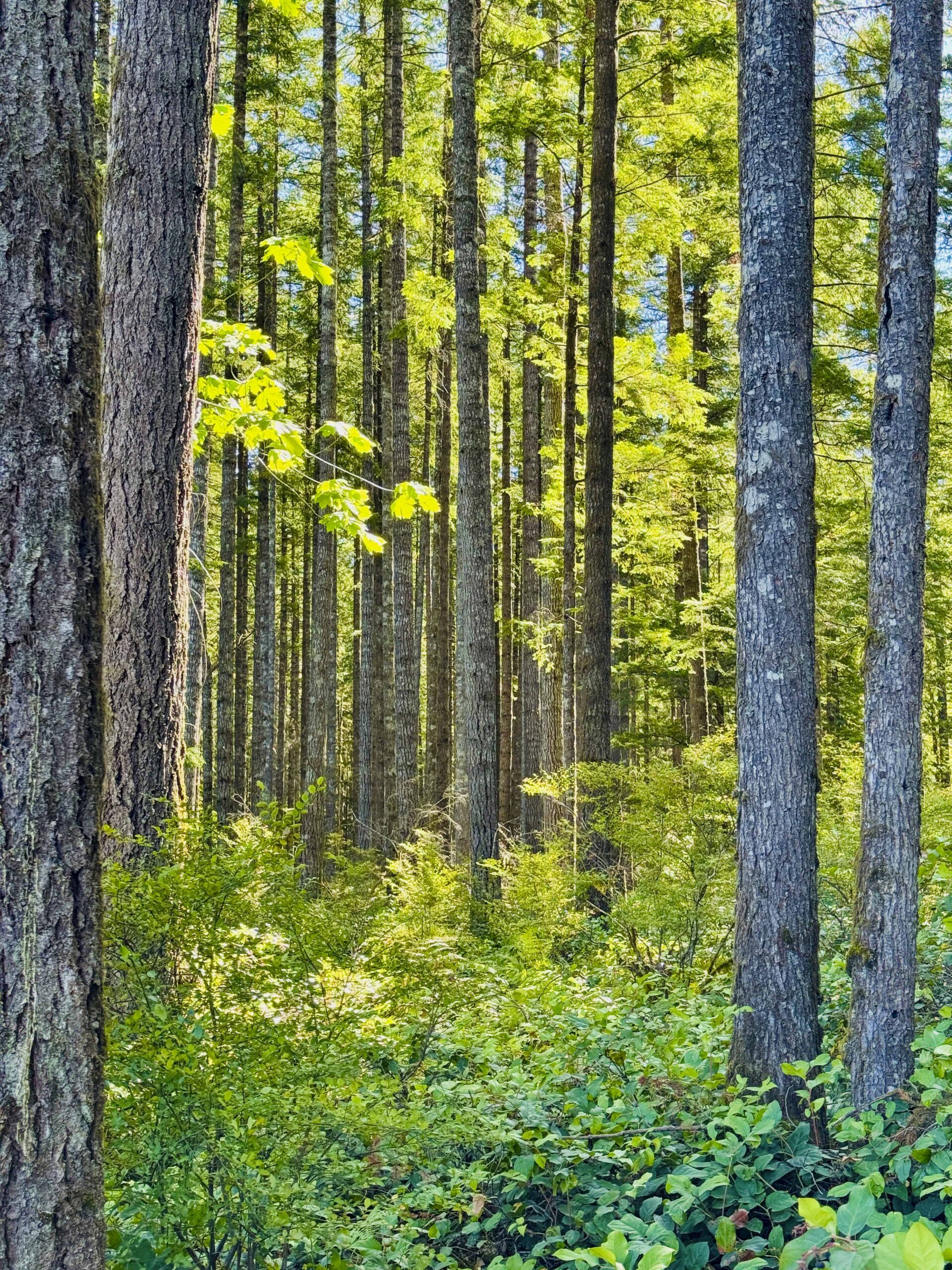 The Nova Scotia government’s proposed move to make it illegal to block forest access roads on Crown lands is being dismissed as heavy-handed and an attempt to ignore Mi’kmaq rights. Several presenters spoke out in opposition Monday during an appearance before the legislature’s public bills committee hearing on the Protecting Nova Scotians Act. The omnibus bill includes one new piece of legislation and amends seven other acts, including the Crown Lands Act. The changes to the act would impose a $50,000 fine and/or six months in jail for protests or individuals who ignore protest camp removal orders. Michelle Paul, a Mi’kmaq water protector and land defender, said the bill was written without consultation or consideration of treaty rights and should be withdrawn. “It’s not lost upon us that this bill is being rushed through on the eve of Treaty Day and the National Day for Truth and Reconciliation,” said Paul.
The Nova Scotia government’s proposed move to make it illegal to block forest access roads on Crown lands is being dismissed as heavy-handed and an attempt to ignore Mi’kmaq rights. Several presenters spoke out in opposition Monday during an appearance before the legislature’s public bills committee hearing on the Protecting Nova Scotians Act. The omnibus bill includes one new piece of legislation and amends seven other acts, including the Crown Lands Act. The changes to the act would impose a $50,000 fine and/or six months in jail for protests or individuals who ignore protest camp removal orders. Michelle Paul, a Mi’kmaq water protector and land defender, said the bill was written without consultation or consideration of treaty rights and should be withdrawn. “It’s not lost upon us that this bill is being rushed through on the eve of Treaty Day and the National Day for Truth and Reconciliation,” said Paul. 


 Researchers from Trent University are immersing themselves in forests and streams in northwestern Ontario to understand how forestry practices and climate change affect brook trout populations and freshwater ecosystems. The team is working in the Walkinshaw and Wolf watersheds, northeast of Thunder Bay. They are focusing on headwater streams, which are small rivers that feed larger waterways across the Great Lakes. “Northern freshwater ecosystems are currently experiencing major disturbances, two of which are forest harvest and climate change. One of the effects of climate change is an increase in water temperatures. And the consequences of these predicted increased temperatures on the stream ecosystem are still unclear,” said PhD student Celeste Milli, who is leading the fieldwork. …Milli said the research could help inform science-based policy decisions in Canada’s northern forests, ensuring that both forest ecosystems and freshwater resources remain resilient in a changing climate.
Researchers from Trent University are immersing themselves in forests and streams in northwestern Ontario to understand how forestry practices and climate change affect brook trout populations and freshwater ecosystems. The team is working in the Walkinshaw and Wolf watersheds, northeast of Thunder Bay. They are focusing on headwater streams, which are small rivers that feed larger waterways across the Great Lakes. “Northern freshwater ecosystems are currently experiencing major disturbances, two of which are forest harvest and climate change. One of the effects of climate change is an increase in water temperatures. And the consequences of these predicted increased temperatures on the stream ecosystem are still unclear,” said PhD student Celeste Milli, who is leading the fieldwork. …Milli said the research could help inform science-based policy decisions in Canada’s northern forests, ensuring that both forest ecosystems and freshwater resources remain resilient in a changing climate.

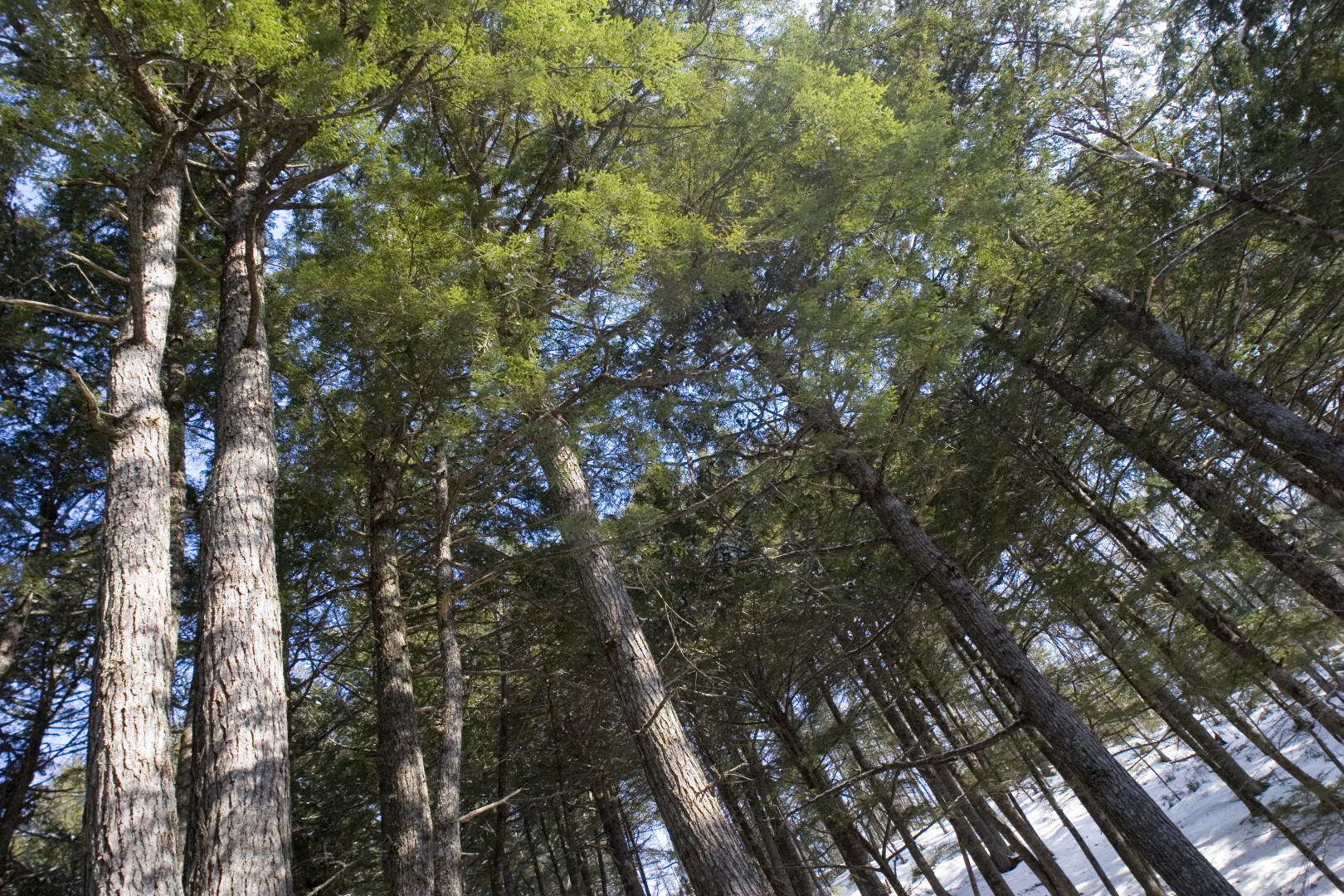
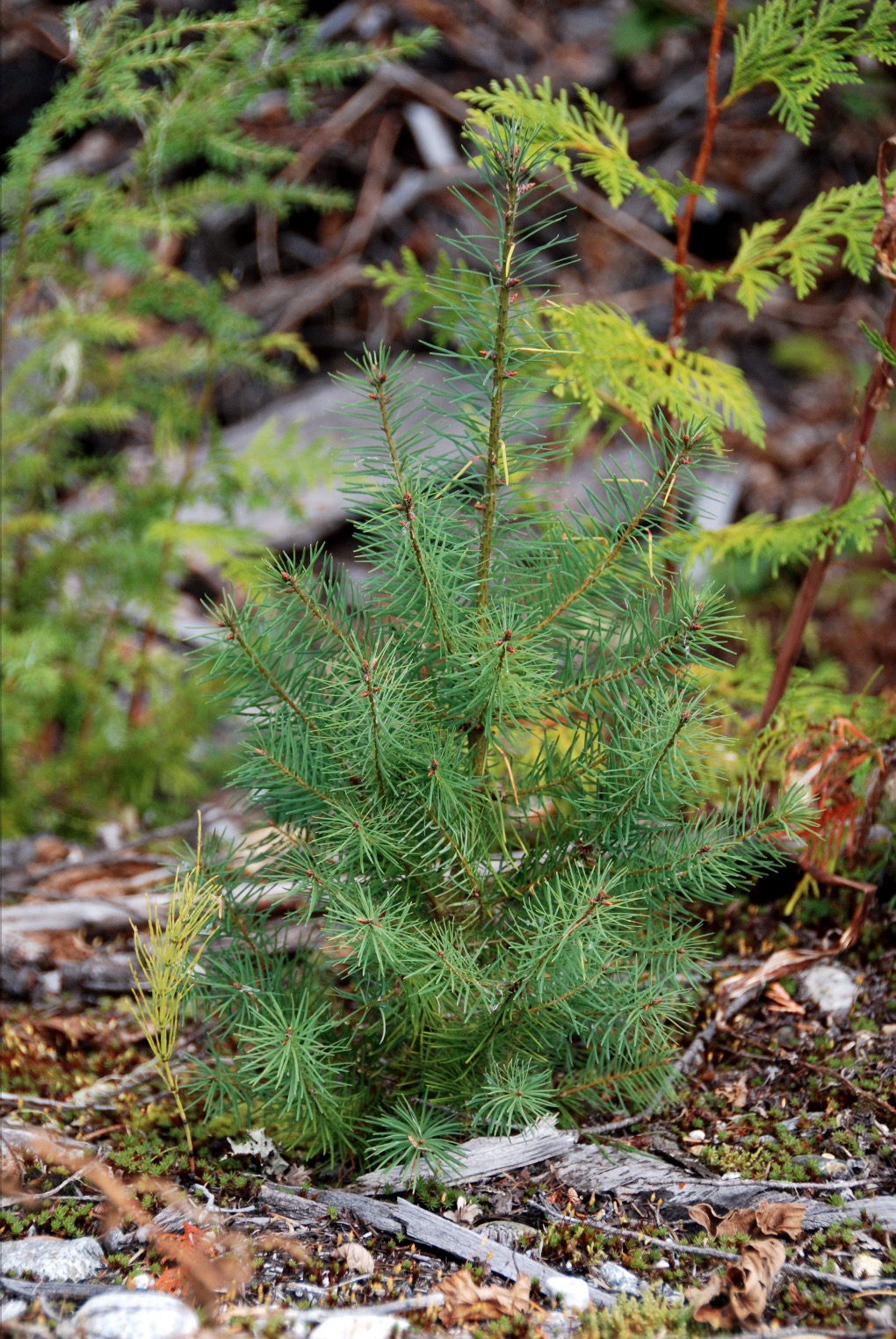 As Nova Scotia grapples with one of its most severe wildfire seasons, a controversial decision by the provincial government has flown under the radar: the approval of aerial glyphosate spraying on 3,577 acres of drought-stricken, fire-prone forest. This move not only risks human health and ecosystems but also exacerbates the very wildfires it claims to mitigate. …Glyphosate-based herbicides are used in forestry to kill deciduous plants and shrubs that compete with commercial softwood species. However, this practice replaces diverse, resilient forests with flammable monocultures. By inhibiting plant growth and causing vegetation to wilt and die, glyphosate leaves behind dry, combustible biomass — effectively turning forests into tinderboxes. In a province already parched by drought and under travel bans due to fire risks, adding fuel to the fire is nothing short of reckless.
As Nova Scotia grapples with one of its most severe wildfire seasons, a controversial decision by the provincial government has flown under the radar: the approval of aerial glyphosate spraying on 3,577 acres of drought-stricken, fire-prone forest. This move not only risks human health and ecosystems but also exacerbates the very wildfires it claims to mitigate. …Glyphosate-based herbicides are used in forestry to kill deciduous plants and shrubs that compete with commercial softwood species. However, this practice replaces diverse, resilient forests with flammable monocultures. By inhibiting plant growth and causing vegetation to wilt and die, glyphosate leaves behind dry, combustible biomass — effectively turning forests into tinderboxes. In a province already parched by drought and under travel bans due to fire risks, adding fuel to the fire is nothing short of reckless.


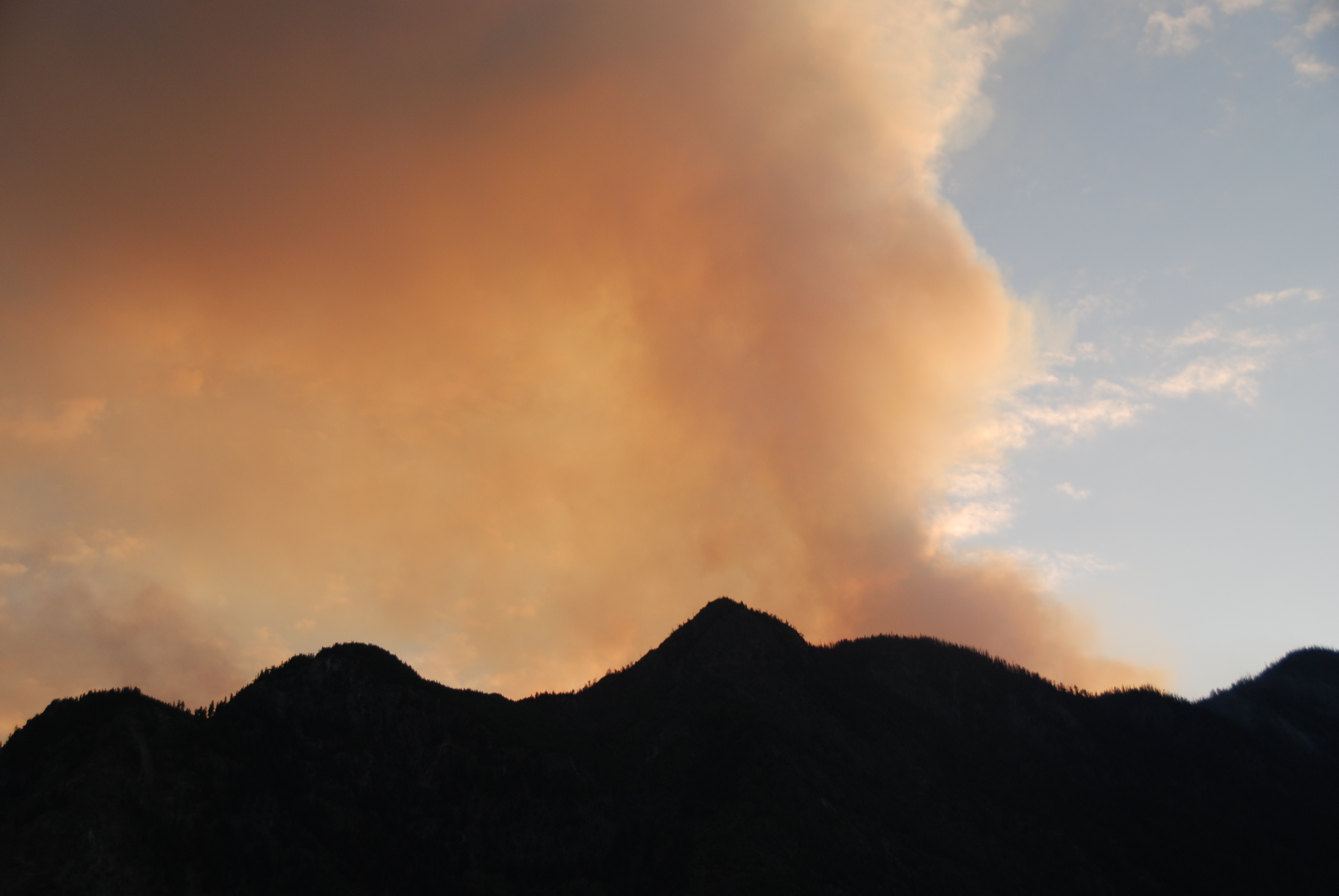 Nova Scotia’s Department of Natural Resources says more evacuations are possible as a fire near Lake George in the Annapolis Valley continues to burn out of control. Residents of … Aylesford Lake’s southwest end have been told to prepare to evacuate. The fire in Kings County, which broke out Sunday, is estimated to be 150 hectares. It had been pegged at 300 hectares Monday night but officials at a briefing Tuesday afternoon said that was the result of an overestimation due to dense smoke conditions. Jim Rudderham, DNR’s director of fleet and forest protection, told reporters the cause of the fire has not been determined but it’s presumed human activity is responsible since there has been no lightning in the area. “It’s frustrating for us and for everybody when this happens,” Rudderham said. No buildings have been damaged but 275 civic addresses have been evacuated and 56 others are under an evacuation alert. Some of those addresses are cottages.
Nova Scotia’s Department of Natural Resources says more evacuations are possible as a fire near Lake George in the Annapolis Valley continues to burn out of control. Residents of … Aylesford Lake’s southwest end have been told to prepare to evacuate. The fire in Kings County, which broke out Sunday, is estimated to be 150 hectares. It had been pegged at 300 hectares Monday night but officials at a briefing Tuesday afternoon said that was the result of an overestimation due to dense smoke conditions. Jim Rudderham, DNR’s director of fleet and forest protection, told reporters the cause of the fire has not been determined but it’s presumed human activity is responsible since there has been no lightning in the area. “It’s frustrating for us and for everybody when this happens,” Rudderham said. No buildings have been damaged but 275 civic addresses have been evacuated and 56 others are under an evacuation alert. Some of those addresses are cottages. AYLESFORD — Nova Scotia officials say more evacuation orders are possible as a wildfire in the Annapolis Valley remains out of control. In a social media post, the Department of Natural Resources said a helicopter had been dispatched to gauge the area of the Lake George fire, which at last estimate was roughly 300 hectares in size. The fire broke out Sunday and was declared out of control late Monday, prompting officials to announce an evacuation of nearby campgrounds and homes. Officials said Tuesday residents on Birch Lane, Spruce Drive and Blue Lane at Aylesford Lake’s southwest end should be prepared to evacuated. Dry and windy conditions have helped push the fire from the northern end of Lake George eastward toward the northern end of Aylesford Lake. Evacuees are asked to register at the Louis Millett Community Complex in New Minas, N.S., where services are being offered.
AYLESFORD — Nova Scotia officials say more evacuation orders are possible as a wildfire in the Annapolis Valley remains out of control. In a social media post, the Department of Natural Resources said a helicopter had been dispatched to gauge the area of the Lake George fire, which at last estimate was roughly 300 hectares in size. The fire broke out Sunday and was declared out of control late Monday, prompting officials to announce an evacuation of nearby campgrounds and homes. Officials said Tuesday residents on Birch Lane, Spruce Drive and Blue Lane at Aylesford Lake’s southwest end should be prepared to evacuated. Dry and windy conditions have helped push the fire from the northern end of Lake George eastward toward the northern end of Aylesford Lake. Evacuees are asked to register at the Louis Millett Community Complex in New Minas, N.S., where services are being offered.